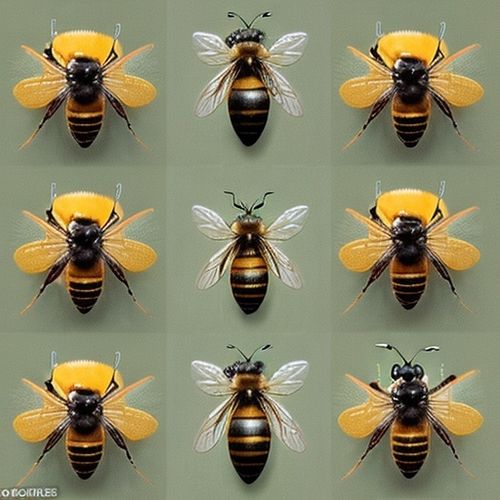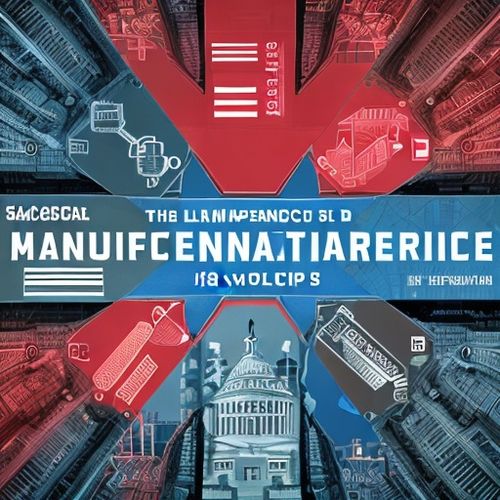The global race to commercialize lab-grown meat has outpaced regulatory frameworks in most countries, leaving a dangerous vacuum where products could reach consumers without proper safety evaluations. As dozens of startups prepare to scale production, food safety experts warn that the absence of clear standards creates risks for public health and could undermine confidence in this emerging industry.
The regulatory landscape remains fragmented, with only a handful of nations establishing specific protocols for cultured meat. Singapore became the first country to approve the sale of lab-grown chicken in 2020, followed by the U.S. where the FDA granted clearance to Upside Foods and GOOD Meat in 2022 and 2023 respectively. However, these approvals came through existing novel food pathways rather than frameworks designed specifically for cellular agriculture.
In Europe, the situation appears more precarious. The European Food Safety Authority (EFSA) began conducting risk assessments on cultured meat in 2021, but progress has been slow. "We're essentially trying to fit square pegs into round holes," admitted one EFSA official who spoke on condition of anonymity. "Existing food safety regulations weren't written with bioreactors and cell lines in mind."
Developing nations face even greater challenges. Many lack the technical capacity to evaluate the complex production processes involved in cellular agriculture. India's Food Safety and Standards Authority (FSSAI) only formed a working group on cultured meat in late 2022. Similar delays plague regulatory bodies across Southeast Asia, Africa and Latin America.
The scientific uncertainties surrounding lab-grown meat complicate regulatory efforts. Unlike traditional meat where hazards are well-documented, cultured products introduce novel questions: How will different cell lines behave during mass production? What contaminants might emerge in bioreactors? Are there long-term health effects from consuming cells grown with growth factors and other supplements?
"We're dealing with two separate but related issues," explains Dr. Helena Wickham, a food safety specialist at the University of Leeds. "First, ensuring these products are safe at point of consumption. Second, verifying that production methods remain consistent and controlled at commercial scale - something we've never had to do for food before."
The absence of international standards exacerbates the problem. Codex Alimentarius, the UN's food standards body, only began preliminary discussions about lab-grown meat in 2021. Without harmonized guidelines, companies face the prospect of navigating dozens of different national requirements, potentially leading to a patchwork of conflicting regulations.
Some industry insiders worry this regulatory uncertainty could stifle innovation. "We've invested millions developing production methods that may need complete overhaul depending on how regulations develop," said the CTO of a European cultured seafood startup. "It's impossible to future-proof our technology when the goalposts keep moving."
Consumer advocacy groups have raised concerns about transparency. Unlike GMO labeling requirements that exist in many countries, few jurisdictions have proposed clear labeling rules for cultured meat. This could lead to marketplace confusion and potentially undermine public trust if consumers feel they're being kept in the dark.
The regulatory vacuum also extends to intellectual property. Disputes have already emerged over who owns the cell lines used in production. Traditional livestock breeds aren't subject to such proprietary claims, but several companies have patented specific animal cell types, creating legal uncertainties about ownership rights in different markets.
Religious certification presents another uncharted area. Both halal and kosher certification bodies are still grappling with whether lab-grown meat can meet their standards. The debate hinges on theological questions that have no precedent in thousands of years of religious law - such as whether cells taken from a living animal constitute "meat" in the traditional sense.
Environmental regulations add further complexity. While cultured meat promises sustainability benefits, its production requires significant energy inputs. Some analysts worry that without clear guidelines, companies might make exaggerated environmental claims or fail to properly account for their carbon footprints during scale-up.
The workforce training gap compounds these challenges. Food safety inspectors and regulatory personnel typically have backgrounds in agriculture or conventional food science - not cellular biology or tissue engineering. Several countries have begun specialized training programs, but these initiatives remain in early stages.
Trade implications loom large on the horizon. Countries that move faster on approvals could gain first-mover advantage, potentially creating tensions with trading partners that take more cautious approaches. Some trade experts predict cultured meat could become the next front in food trade wars, similar to longstanding disputes over hormone-treated beef or GMO crops.
Public funding for safety research remains inadequate. While governments have invested heavily in cultured meat R&D, far less has gone toward studying potential health impacts or developing standardized safety assessment methods. This knowledge gap makes regulators' jobs significantly harder.
The situation creates perverse incentives for companies. With some nations having virtually no oversight, there's concern that producers might "forum shop" for the most lenient regulatory environments. This could create a race to the bottom in safety standards, particularly as companies face pressure to recoup massive R&D investments.
Nutritional equivalence presents yet another gray area. While cultured meat aims to mimic conventional meat at the cellular level, subtle differences in micronutrients or bioavailability could emerge. Without standardized testing protocols, regulators lack tools to make meaningful comparisons.
Allergenicity represents a particularly thorny issue. Cell cultures often require components like fetal bovine serum (though many companies are moving away from this), raising questions about potential allergen transmission. New allergens could also theoretically emerge during the culturing process - risks that existing food safety systems aren't designed to catch.
The clock is ticking for regulators. With several companies predicting commercial-scale production within 2-3 years, the window for developing robust frameworks is closing fast. Some industry observers predict a messy transitional period where regulatory gaps lead to inconsistent enforcement and potential consumer backlash.
Despite these challenges, many remain optimistic that solutions will emerge. "This isn't the first time food technology has outpaced regulation," notes food policy expert Dr. Rajiv Mehta. "The key is ensuring that catch-up happens before significant market penetration, not after problems arise."
The coming years will prove critical in determining whether cultured meat can transition from scientific marvel to safely regulated food product. How nations navigate this uncharted territory may set precedents that shape food regulation for decades to come - not just for lab-grown meat, but for the next generation of food technologies waiting in the wings.

By Emily Johnson/Apr 10, 2025

By John Smith/Apr 10, 2025

By Christopher Harris/Apr 10, 2025

By Noah Bell/Apr 10, 2025

By Rebecca Stewart/Apr 10, 2025

By Victoria Gonzalez/Apr 10, 2025

By Amanda Phillips/Apr 10, 2025

By Emma Thompson/Apr 10, 2025

By Lily Simpson/Apr 10, 2025

By Emma Thompson/Apr 10, 2025

By Sophia Lewis/Apr 10, 2025

By Rebecca Stewart/Apr 10, 2025

By Noah Bell/Apr 10, 2025

By Sophia Lewis/Apr 10, 2025

By Christopher Harris/Apr 10, 2025

By Eric Ward/Apr 10, 2025

By Daniel Scott/Apr 10, 2025